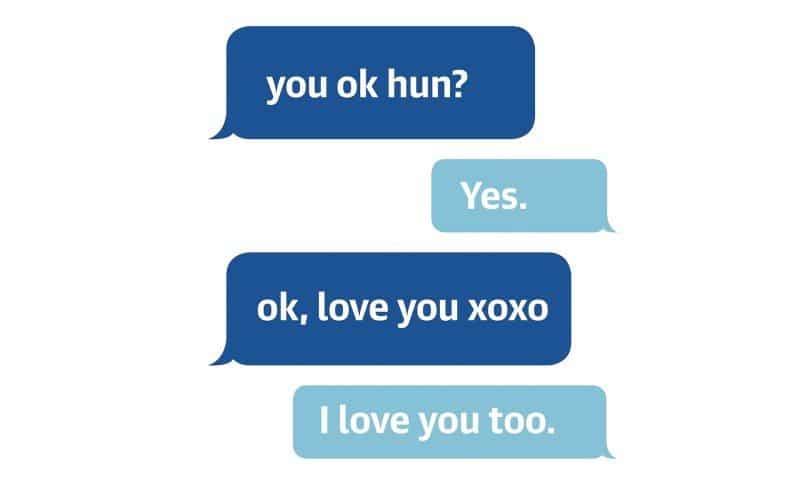Science Says Ending a Text Message With a Full Stop Makes People Suspicious of You
Ashley Allen / 9 years ago

U ok hun?
If your response to that is…
Yes.
…then you’re a phony, or at least could be perceived as one, according to science. Why? That damned full stop. How dare you use proper punctuation? A study at Binghamton University’s Harpur College, which looked into “the role of the period [full stop] in text messaging”, suggests that you should ditch everything you’ve ever learned about grammar to make lame-brains trust you more.
126 Binghamton University undergraduates were shown a series of text messages and handwritten notes. Each exchange began with a question (e.g. “Are you coming out tonight?”) and were followed by a response (“Yep”, “Nope,” “Maybe”, etc). There were two versions of each conversation; one in which the response was punctuated by a full stop (“Yep.”) and another with no punctuation at all. The majority of participants adjudged the responses punctuated by full stops to appear less sincere.
“Texting is lacking many of the social cues used in actual face-to-face conversations. When speaking, people easily convey social and emotional information with eye gaze, facial expressions, tone of voice, pauses, and so on,” said Celia Klin, Associate Professor of Psychology at Harpur College and lead researcher on the study. “People obviously can’t use these mechanisms when they are texting. Thus, it makes sense that texters rely on what they have available to them — emoticons, deliberate misspellings that mimic speech sounds and, according to our data, punctuation.”
The overused exclamation mark, however, makes messages appear more sincere, according to a follow-up study.
“That’s not surprising, but it broadens our claim,” Klin added. “Punctuation is used and understood by texters to convey emotions and other social and pragmatic information. Given that people are wonderfully adept at communicating complex and nuanced information in conversations, it’s not surprising that as texting evolves, people are finding ways to convey the same types of information in their texts.”
Image courtesy of The Guardian.



















